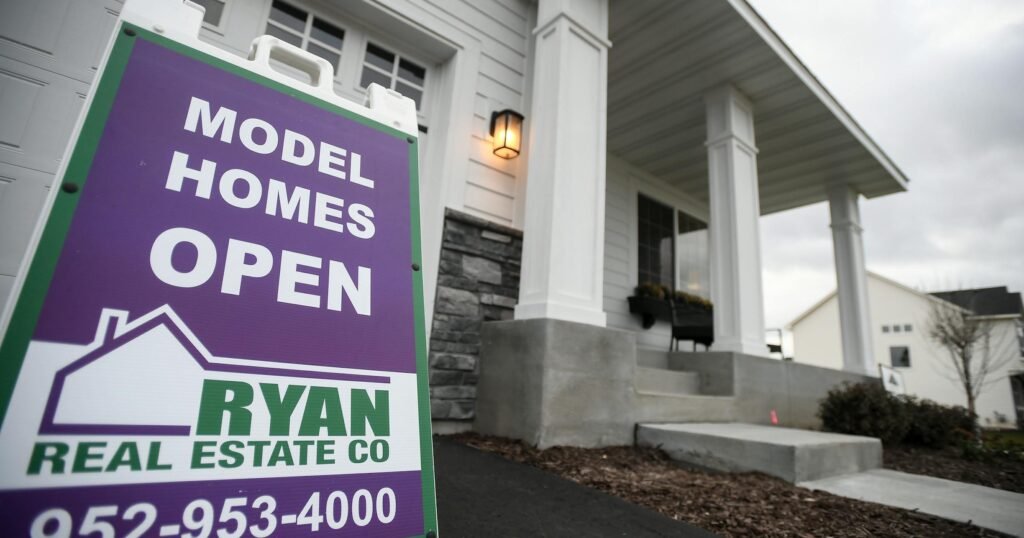The housing market is a tale of two different experiences.
Homeowners are doing well, very well: According to the National Association of Realtors, the national average existing home price in May was $419,300, the highest record since 1999 (prices are not adjusted for inflation). The Minneapolis Area Association of Realtors reported that the average sales price in the Twin Cities in May was $385,000.
Over the past four years, the average home equity value of homeowners with mortgages has increased by about $119,000. Thanks to the low interest rate environment of several years before the recent inflation spike, many homeowners with mortgages are paying a lower percentage of their debt service as a percentage of their income than at any time since the 1980s.
Whether it’s a first-time homebuyer, a longtime renter looking to buy, or an employee hoping to take a job in another city or county, the stories of potential buyers are rife with barriers to homeownership. Though mortgage rates are down from recent peaks, the combination of high rates and high prices keeps homeownership out of reach for many. The underlying problem is a lack of supply. Despite recent increases in inventory, a balanced market needs about 20,000 active listings, according to a May report from the Minneapolis Area Association of Realtors. Currently, there are fewer than 8,000.
There are some signs that buyers are beginning to notice an improving market. Mortgage rates should fall further along with inflation. Sellers are facing price resistance, especially on higher-priced homes. Local governments are doing more to remove supply barriers, including zoning changes to encourage a wider range of housing types (but more needs to be done).
The demand is there and housing supply will continue to expand, but it will likely be at a much slower pace than is desirable for potential buyers and the health of the local economy.
Because it’s impossible to predict what home prices will do in the future, potential buyers need to focus on what they can control – their finances. Is your job stable? Could you easily find another job if you lost it? Do you have a good credit score? Do you have savings for a down payment, fees and moving costs? Do you plan to live in the home for at least five years?
If the answer to these questions is yes, go shopping. If not, it’s best to wait. There’s nothing good about being family poor.
Chris Farrell is senior economics reporter for “Marketplace” and commentator for Minnesota Public Radio.

